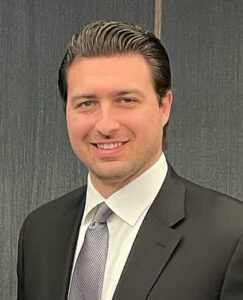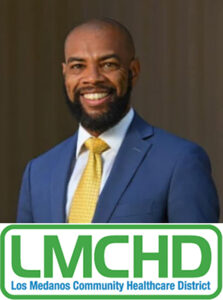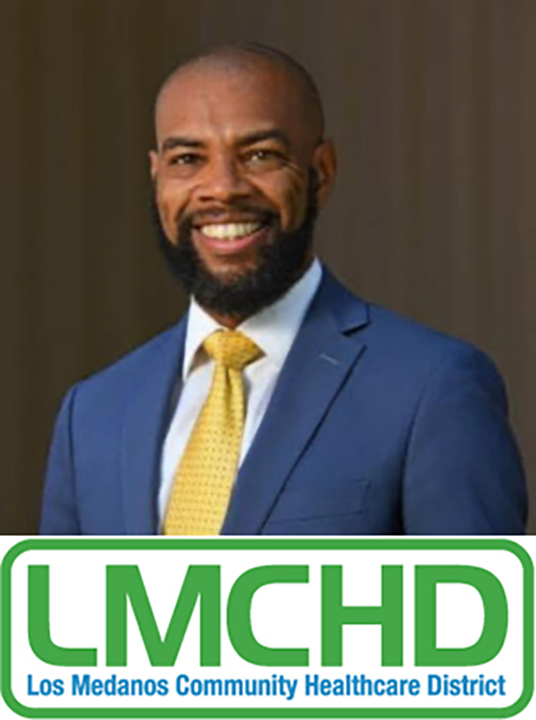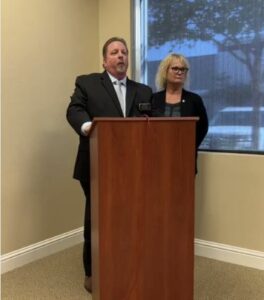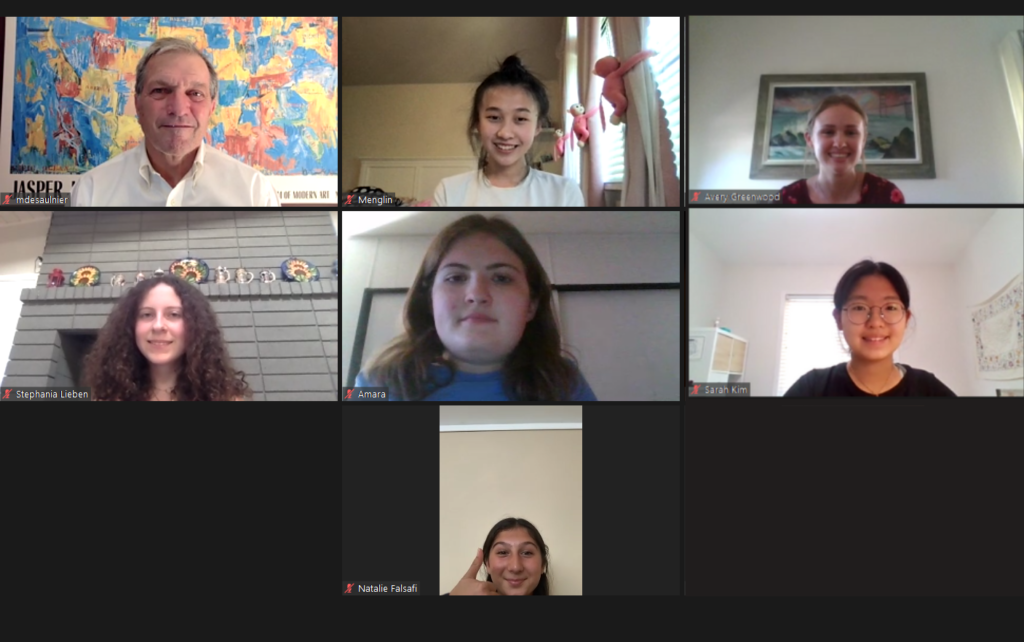
Supervisor Ken Carlson sworn in by Rep. Mark DeSaulnier on Monday, Jan. 2, 2023, and in his official photo. Source: Supervisor Ken Carlson
Board elects Gioia as Chair, Glover as Vice Chair, make “Health and Equity for All” their priority for 2023
By Contra Costa County Office of Communications & Media
(Martinez, CA) – Two of California’s longest serving Supervisors, John Gioia and Federal D. Glover, take on leadership of the Contra Costa County Board of Supervisors, and Ken Carlson is sworn in as Contra Costa’s newest Supervisor.
At today’s Board of Supervisors meeting, Superior Court Judge Joni T. Hiramoto administered the oath of office to District 1 Supervisor John Gioia for his seventh term as County Supervisor. History was made when Judge Hiramoto also administered the ceremonial oath of office to former Pleasant Hill Councilmember Ken Carlson. District 4 Supervisor Carlson, who was elected to the Board on November 8, 2022, replaces retired Supervisor Karen Mitchoff.
Carlson was officially sworn in on Monday, January 2 inside the Pleasant Hill City Council Chambers. In a post on his official Facebook page that day, Carlson wrote, “On Monday, Rep. Mark DeSaulnier administered my oath of office, which officially starts my term on the Contra Costa County Board of Supervisors. I am proud and humbled to have been elected to represent the communities of Pleasant Hill, Clayton, Concord, and Walnut Creek.”
District 4 includes Pleasant Hill, Concord, Clayton and parts of Walnut Creek and Morgan Territory. In taking on his new role, Carlson said, “I am proud to represent the residents of District 4, to be the first Contra Costa LGBTQIA+ Supervisor and to continue my family’s legacy set by my grandfather. I look forward to improving our mental health crisis response, expanding our homeless services capacity, and ensuring all have equitable access to our county services.”
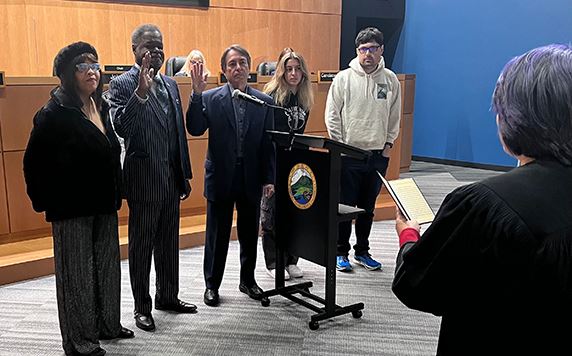
Supervisors Glover and Gioia were joined by family members as Judge Joni T. Hiramoto administers their oaths of office as Board Vice Chair and Chair on Tuesday, Jan. 10, 2023. Photo: Contra Costa County
Supervisor Gioia was also sworn in, Tuesday as Board Chair for 2023 and Supervisor Federal D. Glover was sworn in as Vice Chair.
District 1 Supervisor John Gioia represents Richmond, San Pablo, El Cerrito, Pinole, Kensington, El Sobrante, North Richmond, Rollingwood, Montalvin Manor and Tara Hills. John was first elected to the Board of Supervisors in 1998 and was re-elected last year with 85% of the vote (the highest vote percent of any Supervisor in California who faced an opponent). He is currently the third longest serving Supervisor in California and at the end of his current term of office will be tied as Contra Costa’s second longest serving County Supervisor. He served five previous terms as Board Chair and takes the leadership role from outgoing Chair Karen Mitchoff, who retired at the end of her term.
“I’m proud and excited to continue my work representing the diverse communities of District 1 and fighting to achieve health and equity for all county residents,” said Gioia.
District 5 Supervisor Federal D. Glover, who represents Hercules, Rodeo, Crockett, Martinez, Bay Point, Pacheco, Clyde, Pittsburg and parts of Antioch and Marsh Creek, is the Board’s first and only African-American Supervisor. He was elected to the Board in 2000, served four previous terms as Chair and is the fourth longest serving Supervisor in California.
Gioia and Glover will lead the five-member elected body that sets the direction of County government and oversees its $4.4 billion budget to serve the 1.2 million residents of this diverse East Bay county with a “AAA” bond rating.
Board Chair Gioia and Vice Chair Glover intend to make “Health and Equity for All” their priority for 2023 as they lead the establishment of a new County Office of Racial Equity and Social Justice and continue their work to reduce health disparities across race and ethnicity.
For more information about Contra Costa County and its Board of Supervisors, visit the County’s website at www.contracosta.ca.gov or the webpage: https://www.contracosta.ca.gov/7283/Board-of-Supervisors. For more information about Supervisor John Gioia, visit his County webpage at https://www.contracosta.ca.gov/5216/District-1-Supervisor-John-M-Gioia, for more about Supervisor Federal D. Glover, visit his County webpage at https://www.contracosta.ca.gov/781/District-5-Supervisor-Federal-D-Glover and for information about Supervisor Ken Carlson, visit his County webpage at https://www.contracosta.ca.gov/6291/District-4-Supervisor-Ken-Carlson.
Allen D. Payton contributed to this report.


